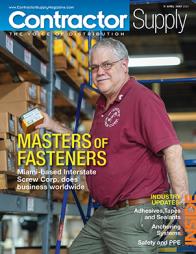MIT studies the atomics of concrete
Insight into cement’s microscopic properties may lead to stronger, more sustainable concrete.
Cement materials, including cement paste, mortar, and concrete, are the most widely manufactured materials in the world. Their carbon footprint is similarly hefty: The processes involved in making cement contribute almost 6 percent of global carbon emissions.
The demand for these materials is unlikely to decline any time soon. In the United States, the majority of concrete bridges, buildings, and pavement-lined streets, erected in the 1960s and 1970s, were designed in an era with fewer environmental stresses to infrastructure and built to last 50 years at most.
Now, MIT researchers have discovered the beginnings of a new approach to producing concrete that is inspired by the hierarchical arrangements of simple building blocks in natural materials. The findings could lead to new ways to make concrete stronger and to use more sustainable, local materials as additives, to offset concrete’s greenhouse gas emissions.
In the new study, Oral Buyukozturk, a professor of civil and environmental engineering, and his colleagues analyzed a key property in concrete, at the level of individual atoms, that contributes to its overall strength and durability. The group developed a computer model to simulate the behavior of individual atoms which arrange to form molecular building blocks within a hardening material.
Click here to read more.
Souce: MIT News















